Behind the Scenes of ‘Write 100 Posts’
A look at the baking process of this blog, featuring several unnecessary bread metaphors 🥖
Few things are as compelling to a writer as a post by a (more successful) writer on their own writing. Any reasonably polished publications puts out only the finished product, and hides the secrets of the baking process out of the light. Yet many people would like to see this process, to learn from it. They want to follow the trail that led the writer there as they crave inspiration, reassurance, or perhaps just fun gossip.
I don’t know if I’m “more successful” than you, dear reader, but at least I have done one relatively impressive thing: publishing weekly for 100 consecutive weeks. Today’s post is the 101st, and it feels like a checkpoint — a good opportunity to retrace the breadcrumbs that I have been leaving on the trail.
So let’s see what there is to say about the subscribers, the topics, and the aesthetics that served as ingredients in the making of this bread blog.
I. On audience growth
Atlas of Wonders and Monsters is a Substack newsletter, and what is a Substack newsletter without its subscriber list?
As of writing this, I have 657 subscribers, as you can see from this handy chart:

There are a few things to notice from this chart. Starting with the general shape of the curve, which seems to roughly follow the function known in mathematics under the technical term of “slowly at first, then all at once.”
I am somewhat amazed that I kept writing this line during the entirety of that flat-ish line, from the blog’s inception in November 2020 until my first episode of fast growth in May 2022, when I went from 130 to 160 followers in a week. That flat line represents 76 posts. Worse: for quite a while in the fall of 2021, the line is exactly flat. There was no growth at all! How the hell did I keep going?
For the most part, the answer is that I didn’t care (or pretended I didn’t). I was just throwing flour, yeast, water and salt together in a bowl, and although I would have been happy if anything rose from the mix, I didn’t expect it to. For a long time, my expectations were met: the dough didn’t rise, or barely.
The other part of the answer is that my audience, even if small, was nonzero from the start. I began writing the newsletter when I was part of On Deck Writing, an online… course? community? thing? that doesn’t exist anymore but brought together lots of online writers. That was a good place to submit my early pieces for feedback and get some fellow bloggers to subscribe. (Such as Lyle McKeany, who grew to have a far more successful Substack publication than my own and has given me a fair bit of encouraging feedback. Thanks Lyle!) I also enjoyed the steadfast support of some amazing friends who would try by badly baked bread almost every week. (Shoutout to the members of the whimsically named “If that makes sense?” group chat. You know who you are.)
A tale of three surges
A new era began around May 4th, 2022 — the one where the dough began to rise at last, and the curve starts being more vertical than horizontal. If you look closely, though, you’ll notice that it’s essentially due to three occurrences where the line became nearly fully vertical. Three times when the bread smelled particularly great, became the talk of the town, and landed me most of my subscribers. What were they?
The boring but true answer is: people who are more well-known than me linked to my blog. As this article by another Substacker, Resident Contrarian, points out, that’s basically where growth always comes from.
The first surge came thanks to Erik Hoel. Erik is, by now, one of the most successful people who write on this platform. I am lucky enough to have met him online before he became so famous, and he became one of my early subscribers. I thought I ruined everything that time he had a copy of his novel sent to me for free, and then I read it, and then told him in the most awkward manner that I hadn’t enjoyed it very much (Erik if you read this I still feel bad about that lol). But evidently that did not ruin everything, since Erik liked my post about the true difference between science and the humanities enough to link to it on May 4th:
The second surge, only a few weeks later, came after I published my post about ambition. That article mentions the economist and blogger extraordinaire Tyler Cowen in a sort of critical way, so I told myself, huh, why not send it to Tyler Cowen, who is known to sometimes link to things people send him. Tyler Cowen somehow replied to my email 38 minutes later with (I quote verbatim) “Very good essay, thanks...Tyler”. But he didn’t link to it on Marginal Revolution. Okay, I thought, that was a gambit and it failed, no big deal.
Then, out of nowhere, the people who make the app Matter — a cool reader tool I actually use — linked to it in the weekly digest they send to their users. Eventually the post was shared on Hacker News, where it made it to the first page. In tech and tech-adjacent circles, Hacker News is one of the best sources of traffic you can get. The result was that, compared to my articles at the time that usually got around 300 views, this one got almost than 12,000:
Not gonna lie, that felt really nice.
The third — and most significant — surge came from the auspicious conjunction of two events. First, I wrote a pretty stupid post whose entire point was a half-baked metaphor between computer science and Aztec-themed obsidian mirror magic. But I’m apparently the only one who thinks it was a stupid post, because it became my most popular one by far. As of today, Common tech jobs described as cabals of Mesoamerican wizards received 35,557 views and drove at least 95 subscriptions (probably more because I don’t think Substack counts those very well). It made the top spot of Hacker News and was linked in a bunch of places, such as the blog Nintil.
How did that happen? I’m not exactly sure, but I think this lucky and/or strategic thing helped: within the first hour of what would become an extremely viral tweet, I posted the link in a reply. Felt appropriate, considering the topic (i.e. absurd proposals involving obsidian):


Second, about a week later, Scott Alexander announced the results of his 2022 Book Review Contest. I already knew I was one of the finalists, since my essay had been posted on his blog on May 20th (I republished it later), but no one in the wider world knew until early September. Although I did not win, Scott’s results post has some good words on my essay and even… linked to my stupid Aztec magic post!
In fact, 2 of the 5 winners, plus an extra 1.5 of the remaining finalists, were authors of Substacks which I read and have linked to here (Hoel, Roger’s Bacon, Resident Contrarian, and the extra 0.5 is for Etienne who I didn’t know about before this week but just saw his post Common Tech Jobs Described As Cabals Of Mesoamerican Wizards on the subreddit).
All in all, the third surge nearly doubled my audience, going from ~350 to 600 before the growth slowed down again.
A pizza analogy
Speaking of which — the growth did slow down, since I haven’t had another hit post since August, but I should point out that it is still much faster than it used to be. We can also notice that from the chart of total views per day:
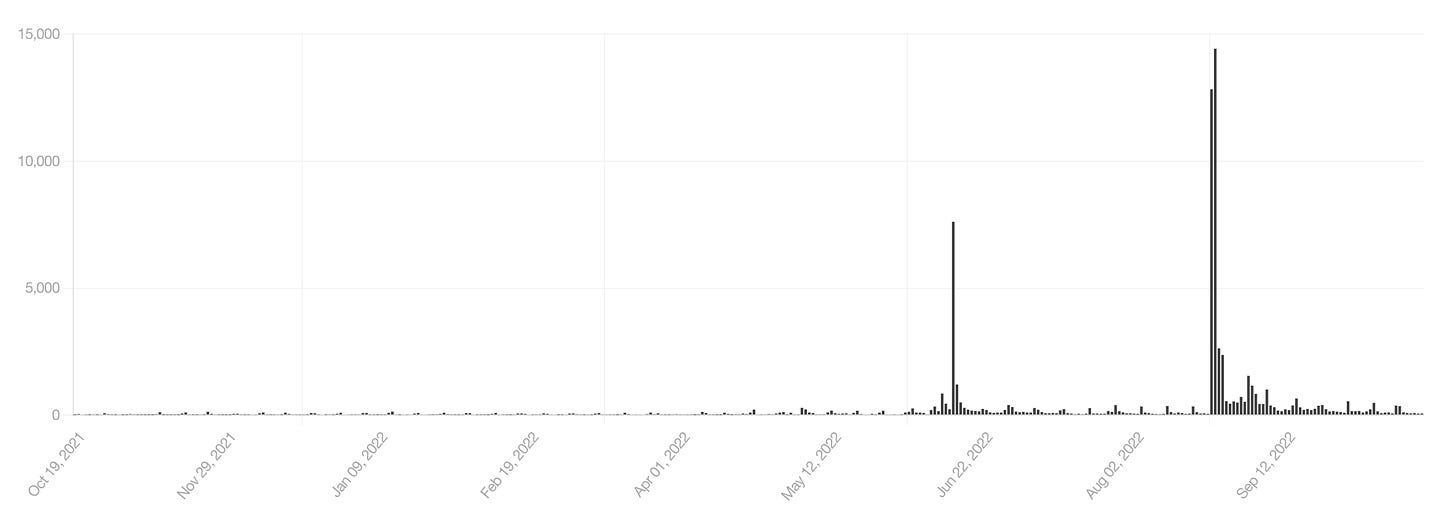
There’s a way to read this chart that is depressing: success doesn’t last. A hit post is nice, nets you thousands of views and dozens of subscribers, and makes you think, “Yay, I made it!” But a few days later, your numbers fall back, and you feel sad. It was just a stroke of luck.
I prefer to think of it as pizza dough. If you’ve ever made your own pizza dough, you know that it is a very elastic substance. It’s not easy to shape a ball of dough — which is what it is when it rises — into the disc shape of a pizza. You stretch part of the dough to flatten it… and as soon as you release it, it reverts into a ball. Yet it doesn’t revert perfectly: the dough remembers the stretching, and as you stretch-and-release more and more, it eventually does turn into a disc.

In the same way, the process of building an audience — on Substack, but also on Twitter, and frankly probably anywhere — involves getting many views and fast growth on a few occasions of high exposure, and then reverting to regular views and growth, but not perfectly reverting.
Unfortunately the stretching works on expectations as well. It’s weird to think of how fast a new situation becomes a baseline. My 650 subscribers don’t feel like that many (why don’t I have 1000 already??) even though a few months ago such a number was the stuff of wild dreams.
The only remedy is to get another hit, and the only way to that is to bake more pizzas write more posts.
II. On posts that work well and posts that don’t
Let’s look at my archive sorted according to “Top,” which seems to be some sort of aggregate of likes, comments, and views. Here’s a screenshot of the top 14 (that’s how many fit in my screen at sufficient resolution):
Can we notice any pattern?
Let’s start by classifying my posts. I think it makes sense to say there are roughly four categories, although they of course all overlap:
Personal posts, mostly about my own life or writing, sometimes including some advice (to use the emoji from the subtitles as a convenient indexing key, these would be: 🏔, 💯, 🌷, 🗳, 🦈)
Essays that just seek to explore an idea in general terms (📜, 👑, 📱, 🛞)
Informational posts whose goal is to teach something that I have researched (🧙, 🍦,🥻)
Silly stuff, which would be posts that are unconventional, poetic, narrative, etc. and don’t fit in the other categories — a.k.a. shitposting (🪞, 💡)
Actually, I went ahead and categorized all my posts since the 51st, which was when I “rebranded” my blog into its current incarnation. I’ll just provide the emoji in reverse chronological order (but luckily for you I did all the work of turning them into 50 links):
The first thing I notice is that I categorized only two posts as “silly stuff,” both of which made it into the top 14, and one of which is my top post. (Also, post #40, not included in the above compilation but whose emoji is the Buddhist symbol ☸️, was one of my most popular ones from the first 50, and was probably the silliest I ever wrote.) Maybe I should write more silly stuff.
The second thing I notice is that personal posts also tend to do disproportionately well. This is not exactly surprising. Humans are gossipy creatures. We like very few things more than hearing the latest about the lives of others. Still, I used to share virtually nothing about myself, under the assumption that nobody would be interested in it. Kind of funny to think that I was mistaken for almost all of my existence.
The informational posts... do okay. The problem is that they tend to require the most work: reading a book for a book review, compiling sources from across the web, etc. Quite a lot of research went into my post on the proto-industrialization of Bengal (🥻), for example. It’s currently my 14th top post, but if popularity were proportional to effort, it should be #1. (Also, I think it’s my #1.) That’s a bit dispiriting: what’s the point of taking the time to write a well-researched, clear, fun article about some niche topic if almost no one cares about the topic and everyone would rather read a quick life update or some metaphorical/poetic nonsense? I think the answer is that informational posts tend to be the most rewarding in the long-run. And a really good one can positively change someone’s life, which is as much of an impact as a blogger can hope for. (Tasshin has good things to say about informational posts here.)
Lastly, the general essays are more hit or miss. That’s fine: they’re generally an elaboration of an idea or opinion I have, and there’s no guarantee in advance that it’s a good idea or opinion. Sometimes I realize it’s not just after I have written the essay. It’s kind of the point of a blog, especially one called Atlas of Wonders and Monsters: explore the landscape of ideas, and see what works. I expect essays to keep making up the bulk of my writing, even though I hope to increase the proportion of informational and silly posts over time.
Ironically, the post that made me the most money — the only one, in fact, that made me more than $0 — is my least popular essay from the last few months, at least according to Substack metrics: Aesthetics as Epistemic Humility (emoji 🌼 but I plan on replacing it with the jellyfish emoji as soon as it’s released). I’m not sure what went wrong with it, as I think it’s a good articulation of a deep point I plan on thinking more about. But at least it won an honorable mention (and $1,000) in the Effective Altruism criticism contest.
Let’s end this section with an elaborate bread metaphor, since we haven’t had one in a while.
In a bakery, the personal posts are the staples: the baguettes, the croissants, the artisan country loaves — the stuff that actually sells well but that the baker finds kinda boring. The essays are the more elaborate items that fill most of the display, like almond croissants, the éclairs, and that multigrain bread with nuts and dried fruit that no one ever buys. Then you have the informational posts: really complex pastries that take a lot of money and skill to make, but end up being too expensive for most consumers. And finally, the silly posts are that one time you made a special bun in the shape of Donald Trump and you’re kind of ashamed but also that was your most profitable day ever.
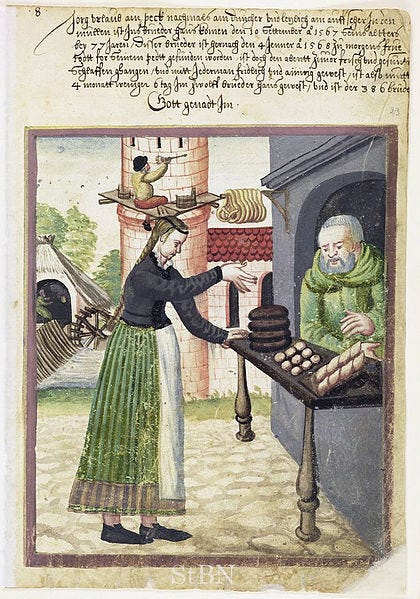
III. On the Atlas’s aesthetic
A blog is, or can be, an aesthetic project. My blog talks about aesthetics quite a lot, so it would have been lame to just go with the default Substack design and not at least try to spice it up with its own visual identity.
Thankfully, even though I’m neither an artist nor a designer, I think I did a decent job. I’m happy with the title Atlas of Wonders and Monsters, even if it’s a bit long. And using my favorite map, the Carta marina, for the logo, banner image, and section separators, has proven a great decision.
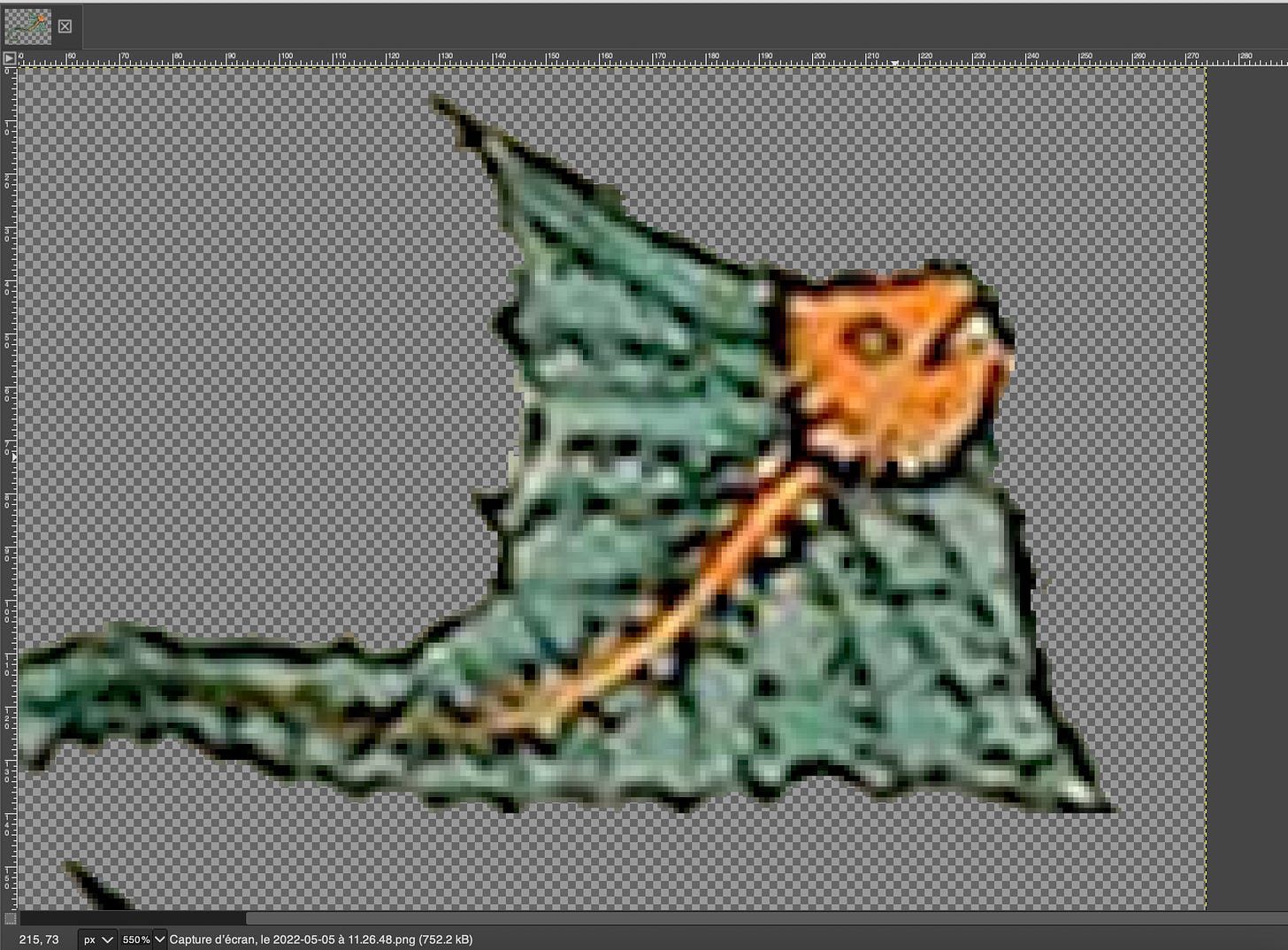
But dough will not leaven without some time, and indeed it took some time to develop my aesthetic. Long-time readers may remember that this blog used to be called Light Gray Matters — the “light” (in the sense of unserious) counterpart to my other blog Dark Gray Matters, which I fully gave up on after it became clear that I liked writing here more. The LGM logo used to be this:
Meh.
I also used to — can you imagine it — draw custom pictures by hand for each post. For example, this imitation of The Tower of Babel by Pieter Bruegel the Elder (1563):
Now instead I make an effort at picking at least two public domain works of art, one at the top and one at the bottom, both from the same period/artist and on the same theme. (Today the theme is obviously medieval bread.) I think the end result is quite nice.
When I became dissatisfied with Light Gray Matters, I decided to go for maps, which was also the theme of my old French blog. For a brief time my publication was known as Atlas of Rabbit Holes and had this logo:
But then it turned out that what I was trying to do — dive deep into a rabbit hole each week — was neither fun nor doable, and I also realized that I didn’t like rabbits all that much, so one time, while I was sitting int the beautiful New York Public Library, I rebranded with dragons and sea monsters. Much better.
I have written in many places about the importance of aesthetics, so I won’t hammer this point now, except to mention Erik Hoel again, who wrote something great on the topic in the specific context of Substack newsletters:
The #1 challenge for any Substack is to have the veneer of quality a professional outlet does, or even of a collection of essays you might pick up in your local bookstore. All independent writing naturally looks “professionalism-starved” and so faces an uphill climb to be taken seriously.
Erik solved this by hiring an artist to draw an illustration for every single one of his posts. This has given him consistency and originality, and it makes his publication a pleasure to look at.
At the moment I can’t afford to commission pieces by artists (and I don’t want to use AI-art, for several reasons), but public domain art is a virtually infinite resource of extremely cool stuff. As Simon Sarris puts it, it’s “weird that people have 500 years of stunning public domain artwork - sketches, paintings lithographs, block printings, all kinds of stuff, just endless amounts of it - they pick fiverr instead. or a designer that draws them a circle”. I’ve been mostly just finding images on Wikimedia Commons, but I’m making a mental note to start exploring other online resources Simon has curated here.
For now, like a popular bakery at 6:30 pm, I’m all out of metaphors, so let’s just end with this mirthful illustration of some medieval peasants enjoying a snack of bread.













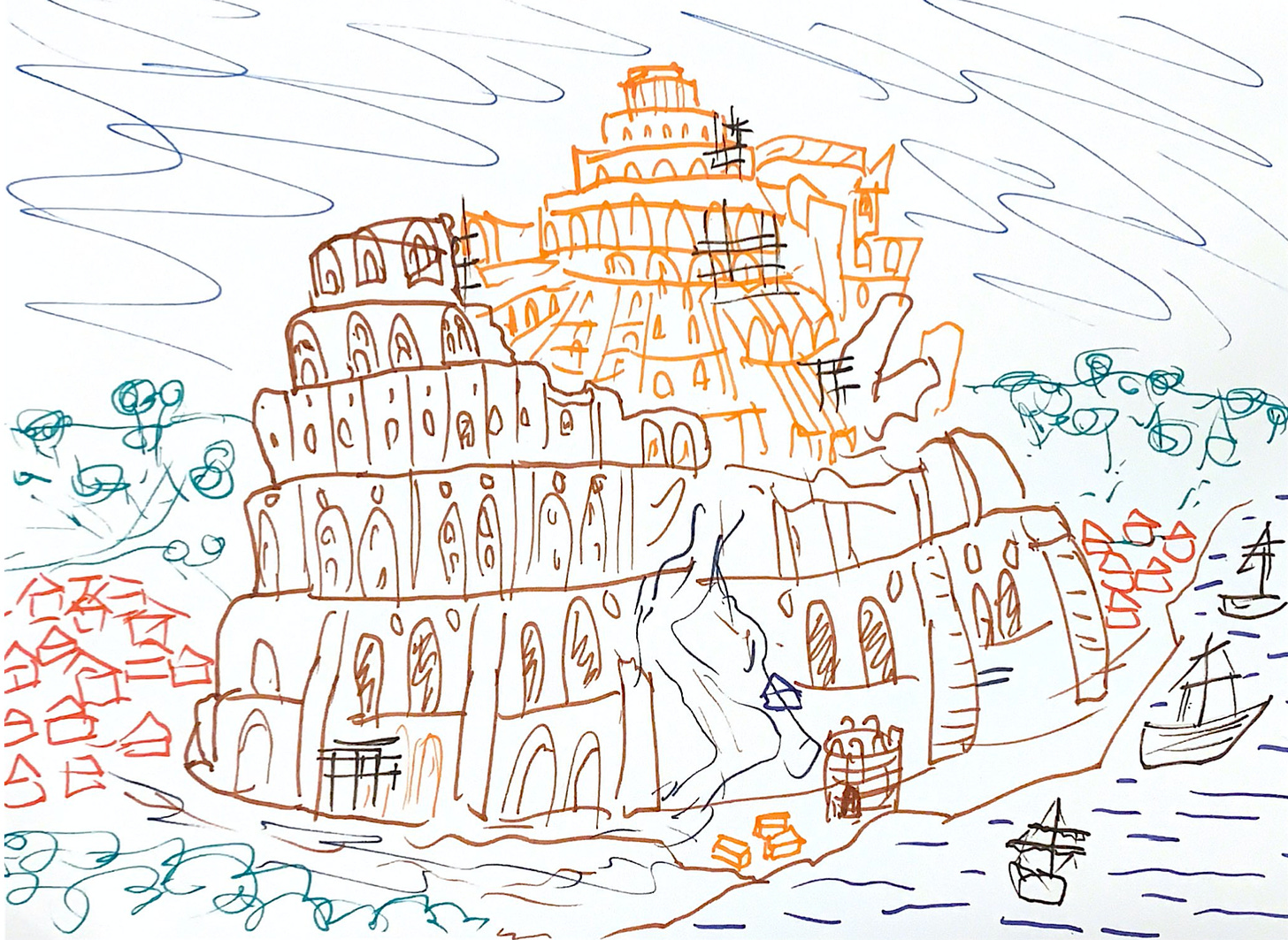
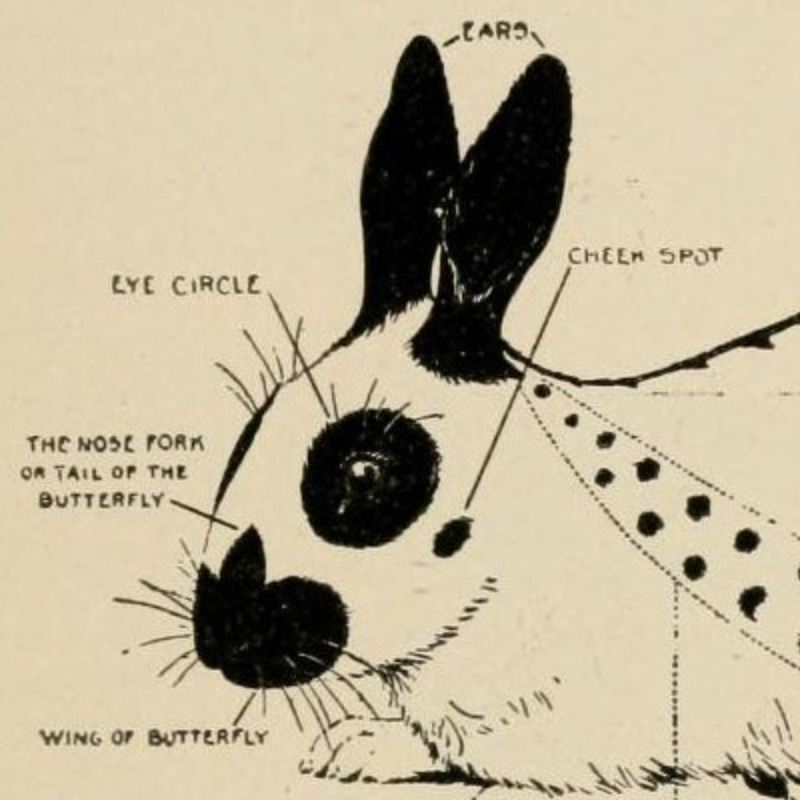

Thanks for the shout-out! You’ve had some amazing hit posts with WAY more views than any of my pieces. I bet most people who see my Substack think I have a ton more subscribers and views than I actually do. For me, it’s been a more slow and steady growth with some more minor stepwise bumps here and there when compared to yours. Anyways, keep going friend!
You should definitely turn paid subscriptions on. I'd consider paying for your content. In fact, before this post my mental model of this newsletter was that you probably already had several hundred paid subscribers.